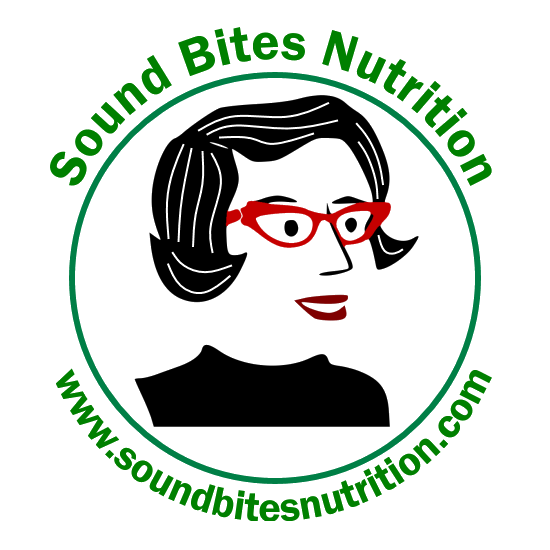Toss a better salad
Spring is salad season! Depending on what you toss in your greens can make a big difference in fat and calories. While dried fruit and croutons taste good, they offer little nutritionally. Adding boiled eggs, lean ham, turkey or chicken makes your salad more of a meal. Make the swaps below for a healthier salad.Bites this: Dark, leafy greens such as spinach, kale or Bibb lettuce boosts potassium, vitamin K and vitamin C intake.Not that: Iceberg and hearts of Romaine offer water, some fiber and a little vitamin C, but not much else.Bites this: Fresh fruit provides more water and fiber, which aids in satiety (a fancy word for fullness). It also adds more color, variety and texture to your salad.Not that: Dried fruit. While dried fruit adds sweetness to your salad, most is high in sugar and calories. Raisins and dried apricots provide iron, dried cranberries or cherries are mostly sugar.Bite this: Nuts. Almonds, walnuts, pistachios- you name it. If you want crunch in your salad, add some nuts or seeds (pumpkin, sunflower, ground flaxseed). These provide fiber, protein and heart-healthy mono-unsaturated fat.Not that: Croutons are basically chunks of white, salty toast. Save them for Caesar salads, but limit regular use.Bite this: Shredded Parmesan cheese is lower in saturated fat and you don’t need much to flavor your greens. It’s also a decent source of calcium and protein.Not that: Shredded cheddar cheese is fine in moderation, but can add a lot of saturated (solid) fat to your salad. Choose cheese made with 2% milk if you love cheddar.Bite this: Oil and vinegar or vinaigrette is typically lower in saturated fat and sodium than other dressings. Check the label and aim for 150 mg sodium or less per serving.Not that: Ranch or bleu cheese dressing. These tend to be the highest in saturated fat and salt. Use sparingly or make your own dressing using plain yogurt and herbs and a small amount of crumbled bleu cheese.

